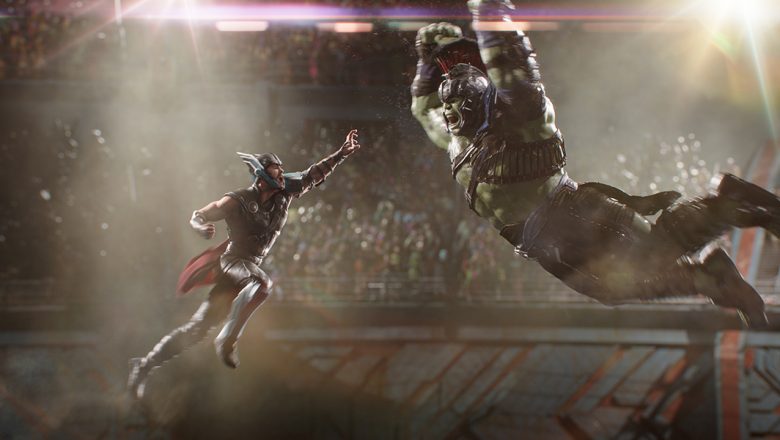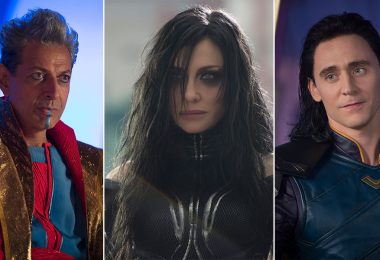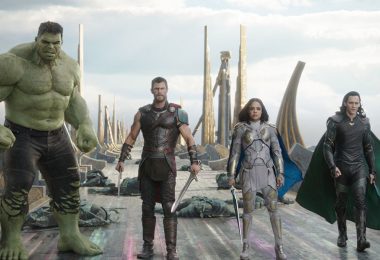By Beth Deitchman
In the Marvel Cinematic Universe, nothing is impossible. According to Jake Morrison, VFX supervisor for the latest blockbuster, Marvel Studios’ Thor: Ragnarok, there is literally nothing that can’t be done when it comes to bringing to the screen mind-blowing visuals that no one has seen before. “There is no ‘no.’ Kevin [Feige, producer and president, Marvel Studios], Victoria [Alonso, executive vice president, physical production, Marvel Studios], and Louis [D’Esposito, co-president, Marvel Studios] encourage filmmakers to just dream big,” he explains.
Morrison, whose time with the studio dates back to Iron Man 2, notes that at Marvel Studios, directors are given the freedom to run with their visions, and the VFX team enjoys the fun and exciting challenge of figuring out how to turn something that seems impossible into a memorable sequence that’ll have fans scratching their heads and wondering how they were able to pull it off. And while the newest technology is a vital part of innovation in Marvel Studios films, creative problem solving can be just as important.
In one of Thor: Ragnarok’s most memorable scenes, Thor and the Incredible Hulk face off in the gladiator’s arena in a fight so realistic you can almost feel the impact of each thunderous punch. Thor and Hulk fought once before, on the Helicarrier deck in Marvel’s The Avengers, but Morrison wanted to take the showdown on Sakaar to another level. The dilemma, he explains, is that the Hulk is 8-feet, 6-inches tall—towering over not just the 6-foot, 4-inch Thor, but over the tallest of stunt men. In the past, Morrison explains, “You’d end up with these situations where they’d got a really tall stunt guy, like six-foot-seven, and they’d put a backpack on him and a big Hulk head.” When Hulk and Thor would start throwing punches at each other, their shoulders would only be about three inches apart—necessitating a lot more animation to make the scale seem accurate.
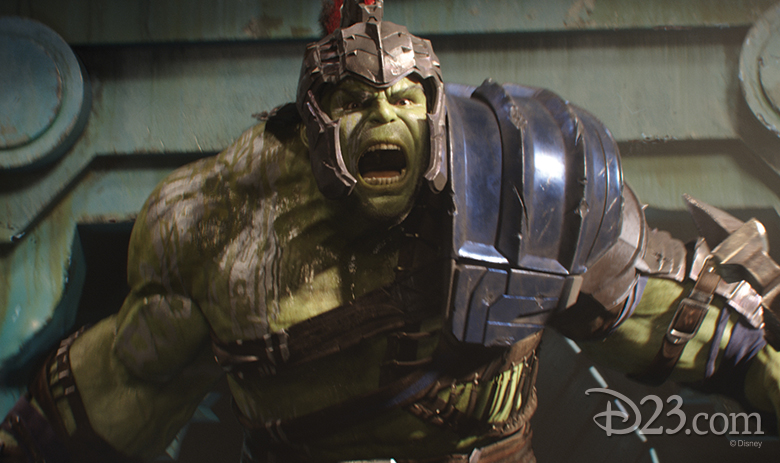
The question that Morrison pondered was this: “What if, instead of the Hulk being eight-foot-six, the Hulk is six-foot-four? And what’s the other math—how big does Thor have to be if Hulk is six-foot-four?” Simple math led Morrison to determine that they would need Thor’s stunt double for the sequence to be four-foot two—but does such a stunt man even exist? Enter Paul Lowe, an English stunt man who frequently doubles for child actors. The fight was choreographed, Morrison details, and they were able to use motion capture to ensure that the scale and relationship were accurate. “Then we had Chris [Hemsworth] learn the scale-Thor version of the fight and perform that against a blue screen,” Morrison reveals. “When we took the mo-cap Hulk and the blue screen of Thor and clicked the two together, they dovetailed so you get this fight that feels like they’re fighting at the proper scale for the first time. It could have been a terrible idea, but it turns out it actually works—and we think that’s the first time anybody has done anything as crazy as that.”
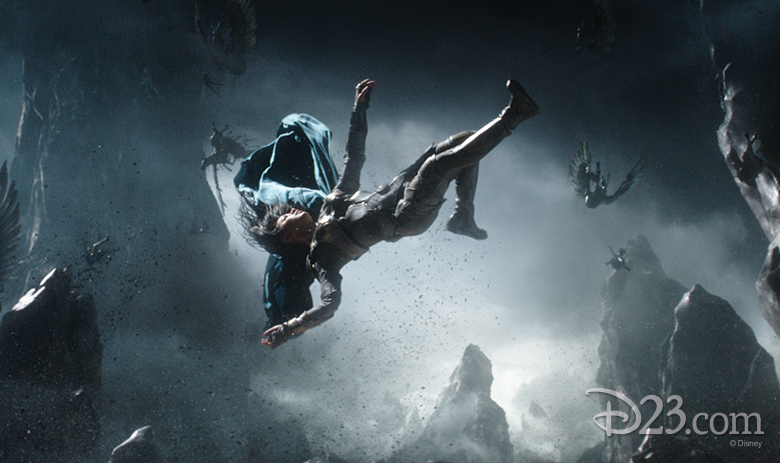
From a technical standpoint, Morrison points to Valkyrie’s flashback sequence—when she relives her last meeting with Hela, Goddess of Death—as the most innovative. The team designed a brand-new lighting rig with 145 different hot-shoe strobe lights. The lights were mounted high above the actors, with each strobe timed to a single frame of film being exposed. The sequence was then shot with a special camera that slows time down to approximately 1,000 frames per second, Morrison explains. “It creates this way of looking at a scene and a moment that has never been seen before,” he says, adding that it also creates challenges for the actors. “I told Tessa [Thompson, who plays Valkyrie], ‘This is the range of motion we’re hoping to go through—and you kind of have to go through that stuff in half a second.’ It really is like acting under a microscope. It was incredible,” he states.

Just as the most amazing visual effects are so often the ones you don’t see, some of the most amazing VFX technology was virtually invisible on set. Director Taika Waititi asked Morrison to make the technology transparent, so that it would not get in the way of the actors’ ability to emote and improvise. “So with that in mind, we built all of the mo-cap technology into the sets,” Morrison shares. The VFX team collaborated with the art department to build cameras into the walls of the sets, where they were out of the actors’ view.
The thinking in the VFX world used to be that visual effects worked best when there was time to plan and polish. Now, Morrison says, “It’s a bit more like jazz. You go along and hopefully your first instinct is the best instinct.” He appreciates Marvel Studios’ dedication to making bold moves. “If something isn’t working, they’ll change it. And if they think of something better, they’ll change it. They’ve enabled us to really think outside of the box on this stuff and not be afraid to push the envelope.”



